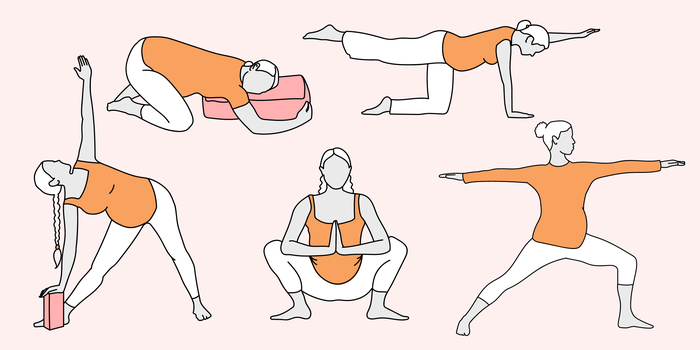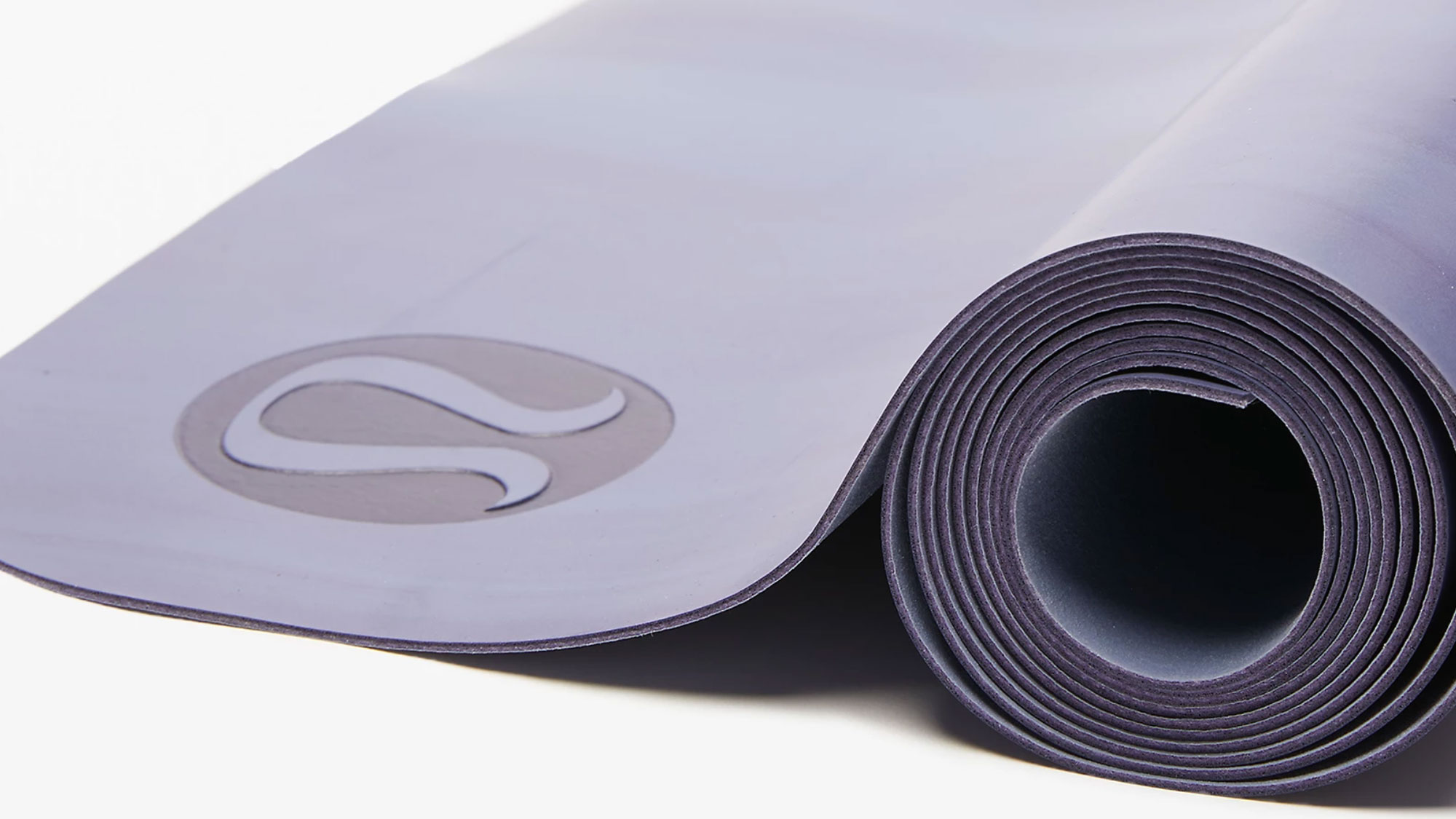
You can get through the day with a good morning yoga practice. It can be practiced anywhere you're able, even on the bus. A 10-minute routine can help to relax, wake you up, and make you feel better. This is a wonderful way to begin your day. Here are some basic poses for beginners. These pose targets different areas of the body and provide specific benefits. These are the best for immediate results.
You only need to do this session for ten minutes. After the session, you'll feel more calm and energized. A routine may include three or five poses. Each pose will have a different goal, so try out various variations and find out which ones work best for you. You can also mix up the poses, varying the stretches to meet your goals. Here are some easy stretches for beginners.
Firefly Pose is a simple and effective way to stretch your hips, hamstrings and arms. You can perform this pose by placing your hands on the floor and putting your arms around your legs. Your gaze should be lifted and your hands should be in the middle of your legs. Your arms should be at your upper thigh. Keep your center of gravity low, and your legs straight. This will result in a more even stretch.

Child's pose: This is a great position for beginners. It helps to refocus on your breath and strengthens your lower back. This position can be done on all fours. Spread your knees wide and allow your big toes contact each other. Drop your head towards the floor and keep your forehead pointed down. You will feel more flexible and relaxed if you continue this for another 10 minutes. You can set an alarm for 10 minute if you're too busy.
Standing up, bend your left knee. Bring your left foot to your glutes. Your left hand should be used to grab the arch of your left heel and raise your left leg towards the ceiling. Use both arms to reach upward and forward, and then watch your breathing. Repeat the process for ten minutes. You should be able to do the sequence without difficulty. This 10 minute routine will get you started on your yoga practice and help to relax your body.
Beginners can practice yoga anywhere. Yoga should be practiced in a quiet area, away from any distractions, to get the best results. Choose poses that you feel comfortable with. You can use music to help you feel more comfortable in certain poses. Use calming music to help you relax while you do yoga. You can start your day with a 10-minute session of morning yoga.
Russian twists are an excellent core exercise. You can either place your feet on the ground or elevate your heels. Russian twists are best done seated. Stand on your tiptoes. Next, extend your right knee behind your head. Next, bend your right knee to reach your hands above your head. Try the Cat-Cow posture to strengthen your back muscles and legs.

When in this pose, the right leg should cross over the left ankle. The left hand should rest on the left side of the left foot. The right arm should be extended forward and the left arm should be stretched back. The left leg should extend over the right ankle. The right knee should be placed over the left. In this manner, the right foot is over the left and your left foot is over the front.
Plank: Start on your stomach with bent knees. Flat feet. Keep your palms down and place your hands on each side of your chest. Next, stretch your shoulders by doing the cat pose. You can then move to the cow position to stretch your hips, groin, and hips. In order to complete the sequence, perform the cat pose, seated twist, and the cactus pose.
FAQ
Is it true that kidney stones can be caused by overeating protein?
Protein is important for maintaining healthy bones and tissue. Too much protein can cause calcium to be excreted through the urine. This can lead to kidney stone formation.
It is important to keep in mind that not everyone will develop kidney stones if they consume more protein than 2 grams per kilogram (2.2lbs). High amounts of protein can be consumed by some people without causing kidney stones.
Watching your sodium intake can help prevent kidney stones. Sodium regulates the body's water balance. Too much sodium can cause kidney stones.
If you have kidney stone, you might also consider reducing your protein intake. The majority of adults need protein for half their daily caloric needs. Reduce your intake of protein and you will likely lose weight.
If you do decide to eat more protein, don't go overboard. You should aim to consume less than 20% of your total calories from protein.
Do I have to exercise every single day?
No! You should do at least 30 mins of moderate-intensity activity 5 days per week. That could mean walking fast enough for you to get slightly out of breath and biking hard enough for you to sweat.
Can I drink alcohol while exercising?
Yes. Alcohol has increased energy expenditure, speed up recovery time, and reduced soreness.
Additionally, alcohol can increase insulin sensitivity and make it easier to absorb glucose.
However, alcohol can lead to dehydration that can slow down your metabolism. It also reduces testosterone production, which may decrease muscle-building potential.
These are the reasons women should not drink alcohol before going to work out. Women who drink heavily should wait at least 24 hours between drinking and working out.
Breastfeeding women should stay away from alcohol.
Men should only consume one drink per day.
How To Get Rid Of Belly Fat Fast?
There are several ways to reduce belly fat fast. One method is to eat less and drink lots of water.
Another way to increase metabolism is to run and swim.
You should avoid sitting for too long if you want to quickly lose belly fat. Stand up more often throughout the day. This will help reduce calories.
If you have already tried all these methods but still struggle with belly fat, there is another option.
This involves using a device called a belt. When you sit down, the belt tightens around your waist.
It will cause you to feel uneasy and make it difficult for you to move. This forces you to burn more calories and reduces your belly fat.
Statistics
- An estimated calorie range for moderately active adult males falls between 2,200 to 2,800 calories per day, depending on age. (eatright.org)
- Candidates and applicants must pass all four tests at 70% (minimum level) to graduate from Basic Deputy U.S. Marshal (BDUSM) Training. (usmarshals.gov)
- Cardmembers earn 5% Back at Amazon.com with a Prime Credit Card. (amazon.com)
- According to the American Academy of Dermatology (AAD), men over 50 are at a heightened risk of developing it. (healthline.com)
- Get free shipping and 25% off today. (healthline.com)
External Links
How To
What nutrients do men need each day?
Men need healthy growth and development. Your body needs vitamins, minerals and nutrients as well as carbohydrates, proteins, fats, carbohydrate, fiber, and other essential components.
The male body also requires specific nutrients at different times throughout the day. You can see that your body uses energy to make hormones. When you wake up, your body uses protein to repair damaged tissue and build muscles.
Your body uses the night to break down fat and store extra energy as glucose. Your body requires fewer calories, but still needs enough nutrients. You might have an occasional snack during the night if your stomach is feeling hungry.
To fuel your muscles while you train, you will need sufficient carbs as well as protein. After a hard workout, muscle soreness may occur.
To prevent this from happening, you need to consume carbs or protein within two hours. To get energy from glucose, your body will start to degrade stored glycogen.
You must also eat protein right after you finish your workouts. This will prevent muscle tissue from being damaged while you sleep.
Your body makes lactic acid when you are doing intense physical activities. The body produces lactic acid when there is too much activity. This can cause fatigue. Eat foods high in carbohydrate, such as fruits, vegetables, to avoid this.
Carbohydrates give your body the energy it needs to recover from strenuous exercise.
Your diet may include lean meats like fish, eggs, milk cheese, yogurt or beans as well as lean proteins such as fish, eggs, egg yolks, cheese, yogurt, bean, peanuts and seeds.
All of these foods contain high quality protein. Protein promotes muscle growth and repairs damaged tissues. It also provides the amino acids your body needs to produce sex hormones and testosterone.
For healthy skin, hair and joints, it is important to eat enough fats. Healthy men should consume between 20% to 35% of their daily caloric intake from fat.
Fat helps protect your heart health and prevents cancer. It keeps your brain healthy and functioning well.
Vegetable oils, such as olive oil, sunflower oil or corn oil, soybean oil and peanut oil, can supply most of the fats you require.
These oils are high-in monounsaturated, unsaturated fatty acid (MUFAs). MUFAs help lower cholesterol and reduce inflammation. They protect your cells from damage by free radicals.
Saturated fats (SFAs) are found mostly in animal products like meat, dairy products, and butter. SFAs increase LDL ("bad") cholesterol, and increase triglycerides. They promote weight gain and abdominal fat.
Plant-based oils such as vegetable oil, nuts, seeds, or grains are rich in polyunsaturated fats (PUFAs). PUFAs can improve cardiovascular function and reduce inflammation. They help to control blood sugars and cholesterol.
Erectile dysfunction can often be a problem for men who have low HDL ("good") levels of cholesterol. Saturated fats are a major source of bad cholesterol. This lowers good cholesterol.
Men who eat lots of red meat or pork can develop prostate problems. This is because these foods contain high amounts of nitrates. High temperatures can cause nitrates to become nitrosamines. These compounds can lead to cancer.
Most processed meats have nitrites and harmful chemicals. Avoid them completely.
According to the American Heart Association, you should limit your consumption of red meat to no more that 2 meals per week. Instead, opt for poultry, fish, legumes and tofu as well as whole grains bread and cereals.